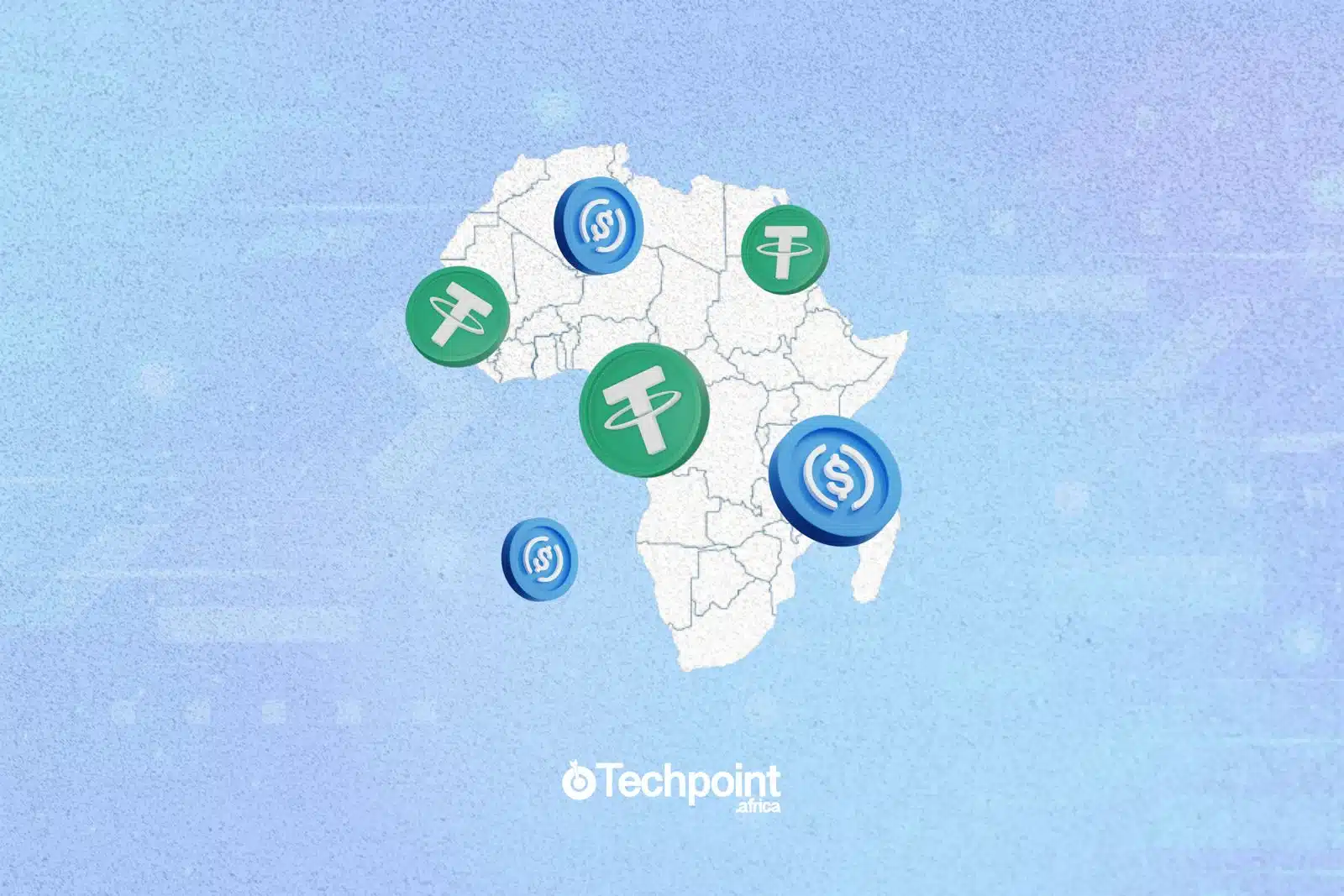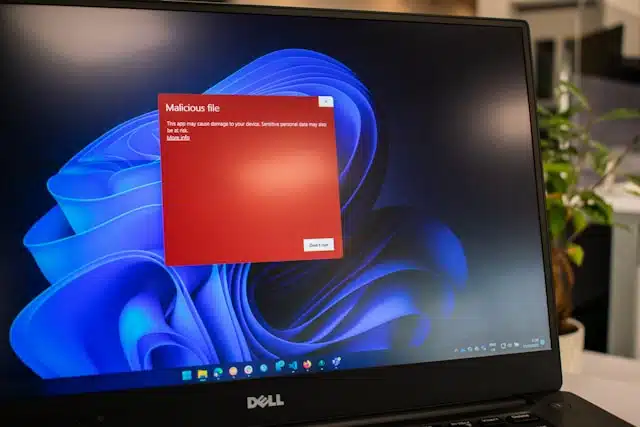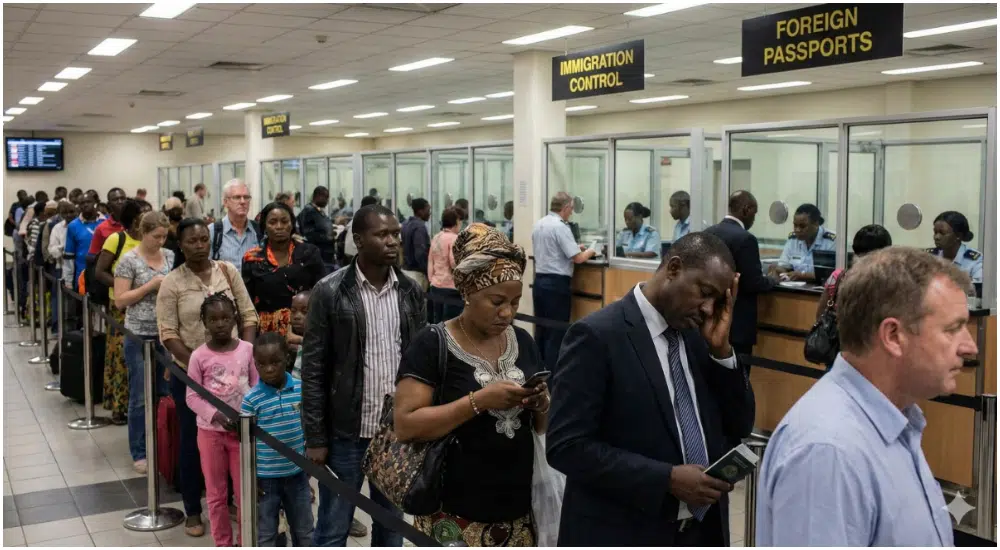Cross-border payments in Africa are some of the most expensive and complex in the world. Whether it’s a freelancer in Lagos working with a client in London or a small business in Accra importing goods from Dubai, sending and receiving money across borders often comes with high fees, slow settlement times, and limited access to stable foreign currencies.
According to the World Bank, sub-Saharan Africa remains the most costly region for remittances, with an average cost of 8.37%. This means that sending $200 to Ghana will cost $16, while it could be over $20 to some countries.
This reality affects the economic growth of many countries. For example, remittances account for 20% of the GDP of the Gambia, Lesotho, and the Comoros.
But a relatively quiet revolution is underway, powered by stablecoins, a kind of cryptocurrency designed to hold steady value, usually pegged to fiat currencies like the US dollar.
These digital assets are emerging as a faster, cheaper, and more accessible alternative to traditional payment rails.
Some companies like Due and YellowCard are already taking advantage of the emerging stablecoin alternative by creating solutions that allow Africa to participate in global trade without hassle.
The pain of moving money across African borders
Traditional financial systems like SWIFT networks are slow, difficult, and expensive. In the case of SWIFT, the transaction goes through multiple intermediary banks, all of which charge fees.
For example, when you try to send $10,000 from Kenya, the sender bank will charge a flat fee between $25 and $50. If the transaction is routed through intermediary banks, they also get $30 per transaction.
The money arrives in three to seven days, assuming there are no delays or compliance checks. When the payment is settled, exchange rates may have shifted, and the total cost could exceed 10% of the original amount.
This makes it hard for individuals and businesses to participate in global commerce and the gig economy, where speed is necessary.
Besides cost and speed, currency volatility is another major issue. Many African currencies are unstable and not easily convertible to stronger, globally accepted ones like the US dollar.
Nigeria, for example, is no stranger to issues like this. In 2024, the country had matured foreign exchange obligations to the Deposit Money Banks of up to $7 billion. Due to this, foreign airlines were owed over $700 million.
Liquidity between local currencies is often low, and foreign exchange (FX) rates are stacked against users.
“We see businesses and individuals participating in global trade more and more,” says Due’s West Africa Commercial and Operations Lead, Mori Sylla. “But they’re constantly battling high fees, slow settlement times, and access to hard currencies.
Due solves these pain points head-on by leveraging stablecoins to create a faster, cheaper, and more transparent cross-border payment experience.”
Why stablecoins are winning in Africa
Cryptocurrency is borderless. With an Internet connection and a crypto wallet, anyone, anywhere in the world, can send cryptocurrencies.
Stablecoins are gaining traction across Africa because they offer something traditional payment systems simply can’t — speed, affordability, and global accessibility.
With stablecoins, transactions settle in seconds, not days, and fees are dramatically lower, making them ideal for people who need to move money quickly and cost-effectively.
Whether it’s a freelancer getting paid from overseas or a business settling invoices with a partner in another country, stablecoins remove the friction and middlemen that bog down conventional transfers.
Another reason for their rising popularity is their ability to hedge against inflation and currency volatility. In countries where local currencies can lose value overnight, holding or transacting in stablecoins like USDC or USDT offers a safer and more predictable alternative.
“Stablecoins solve multiple pain points in cross-border transactions,” Sylla explains. “They’re faster, cheaper, and still connected to familiar systems like bank accounts and mobile money wallets — but with a far better user experience.”
According to him, “Due allows businesses and individuals to go global instantly. Once you’re onboarded, you can now transact from Africa to more than 90+ countries.”
Despite stablecoins’ growing appeal in Africa, real-world challenges still hinder their widespread use, particularly around access, off-ramping, and regulation.
Some African countries have placed restrictions or outright bans on virtual assets, creating uncertainty for users and businesses. “Some countries have banned the use of virtual assets,” Sylla admits. “It’s one of the biggest challenges.”
This regulatory patchwork means that companies like Due must navigate a complex landscape, ensuring they remain compliant while delivering value to users.
Due addresses this by working closely with regulated entities in each market and adhering to international standards like Virtual Asset Service Provider (VASP) and System and Organisation Controls (SOC 2), which ensure that a company handling digital assets operates securely, transparently, and in compliance with global financial and data protection regulations.
However, as the regulatory landscape for cryptocurrencies evolves in Africa and globally, companies like Due that have built a solution around stablecoins must keep up with compliance changes to become winners in the budding stablecoin market.












